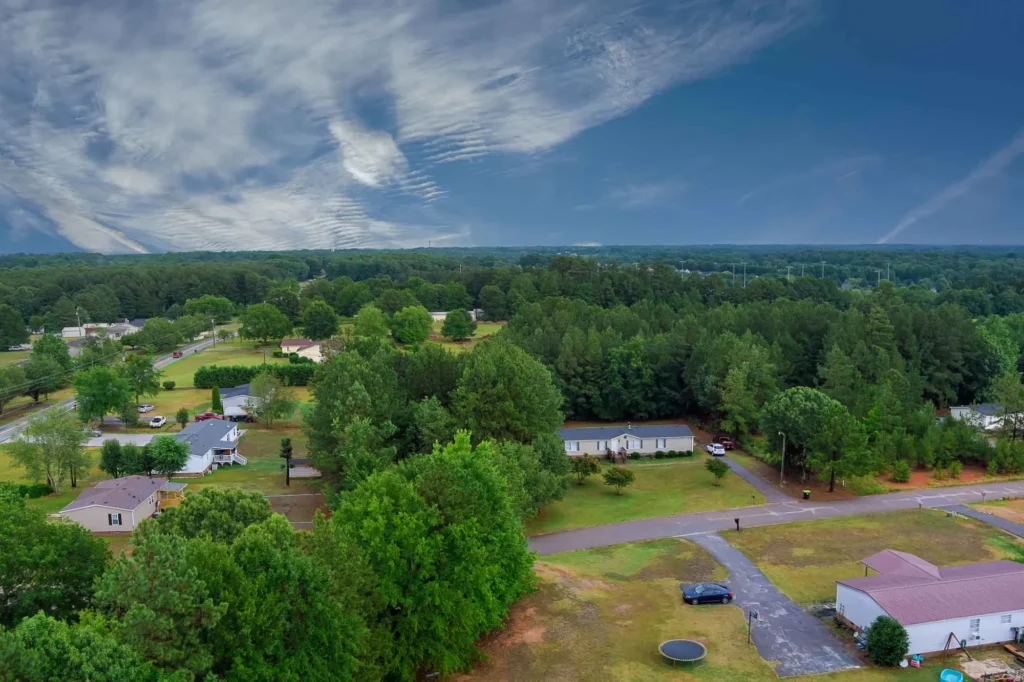
Winter Pest Control in Grover, SC
Winter in Grover is generally mild, but that doesn't stop pests from seeking warmth and shelter inside homes. The mild temperatures and occasional warmer spells offer an ideal environment for pests to stay active when other areas are dormant. From traditional homes to more modern builds, Grover’s homes have a range of vulnerabilities—gaps in foundations, cracks around vents, and small openings where utility lines enter, all of which provide entry points for pests. The moisture in crawl spaces, basements, and under porches further supports pest activity throughout the winter months. Therefore, an effective pest control plan for Grover must focus on sealing entry points, drying out moisture-prone areas, and eliminating pests where they typically hide.
At All U Need Pest Control, we tailor our winter pest control solutions to suit the unique needs of homes in Grover. Our experts are familiar with the local climate, so we ensure that your home stays pest-free no matter how mild or unpredictable the winter weather is. We offer comprehensive inspections, targeted treatments, and long-term prevention solutions to ensure a comfortable and pest-free environment throughout the winter.
Pest Control Services in Grover, SC
- Ant Control
- Bed Bug Control
- Beetle Control
- Cockroach Control
- Flea Control
- Home General Pest Control
- Hornet Control
- Millipede Control
- Mosquito Control
- Pantry Pest Control
- Rat & Rodent Control
- Scorpion Control
- Silverfish Control
- Spider Control
- Stink Bug Control
- Termite Control
- Tick Control
- Wasp Control
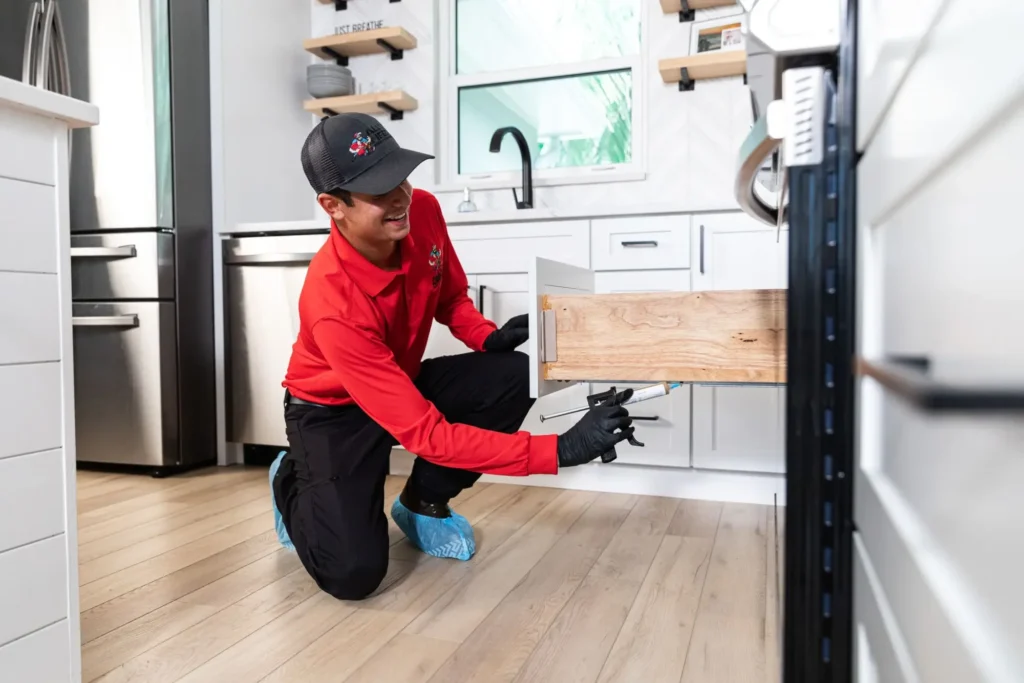
Winter Pest Treatment
Each Grover residence presents unique architectural features requiring specialized pest management solutions. Heritage properties with exposed timber and elevated ceilings demonstrate different pest interaction patterns than modern concrete-slab constructions. Below-floor crawl spaces, while beneficial for ventilation during warmer periods, frequently accumulate humidity and can serve as convenient access channels for pests as temperatures decline. The foundation of any successful pest management program involves assessing your property’s construction type, solar orientation, and immediate surroundings. This evaluation enables us to formulate intervention strategies that confront pest attraction sources and establish durable protection against future invasions.
Inspection
Our assessment methodology initiates externally and progresses inward, as most Grover pest concerns originate from perimeter conditions. We examine mulch beds, leaf accumulation, and vegetation contacting structural surfaces, which can create passageways for pests approaching foundation areas. We also identify topographical depressions near foundations that could collect water and elevate humidity levels. Any imperfections or openings around fenestration systems, entry points, and ventilation accesses represent potential invasion routes. Furthermore, we verify attic and crawl-space vent conditions for mesh integrity breaches that could permit rodent and insect entry during colder months. Following significant precipitation events, we intensify scrutiny of masonry drainage ports, soffit connections, and utility penetrations that may retain dampness and attract pests.
Interior analysis concentrates on locating humidity and nutrient sources that might appeal to pests. Food preparation areas, sanitary facilities, and laundry zones most commonly harbor pests such as cockroaches and ants. We document fecal deposits, ootheca cases, and smear marks along skirtings and behind installed appliances. Beneath sink installations, we examine plumbing connections for leakage or condensation that could support pest development. Within attic and crawl space environments, we document rodent indicators including gnaw damage, droppings, and nesting materials. Twilight inspections utilizing illumination frequently expose greater pest activity evidence than daylight examinations reveal.
Treatment
Following comprehensive inspection documentation and stakeholder communication, we implement targeted interventions at identified priority zones. Interior applications concentrate on structural fissures, concealed voids, and obscured areas including behind base moldings, within cabinetry, and along utility conduits. We deploy pest-specific bait formulations for cockroach and ant species, ensuring continued effectiveness while minimizing household disruption. For rodent challenges, we prioritize mechanical capture devices and structural exclusion techniques to prevent odor complications. These interception tools are strategically positioned along verified rodent transit corridors to maximize capture efficiency while maintaining safety for domestic animals and children.
External treatments establish a protective perimeter around the structure. We address seam junctions around fenestration elements, doorway surrounds, fascia connections, and other potential invasion points. Particular attention applies to crawl-space access points and latticework seams where pests commonly seek refuge. Our treatment formulations maintain efficacy in Grover’s moderate winter climate, preserving protective qualities despite elevated humidity conditions. Supplementary measures include installing permeable inserts in masonry ventilation openings, applying pest-resistant screening to attic vents, and calibrating door seals to eliminate light emission that might attract pests.
Prevention
Winter pest prevention in Grover centers on rendering properties less appealing to invasive species. Among the simplest yet most impactful measures is maintaining clearance between organic ground covers and foundation walls. This practice reduces humidity retention and eliminates potential pest harborage sites. We further recommend elevating firewood above soil level and storing it distant from structures to remove significant pest sanctuary zones. Interior management involves securing foodstuffs in hermetic containers and routinely sanitizing preparation surfaces to eliminate food residue attractions. Regular shelf cleaning to remove nutritional debris also proves essential.
In high-humidity zones like bathrooms and kitchens, operate exhaust systems sufficiently to remove atmospheric moisture, and consider deploying dehumidification units in basement or crawl space areas. Storage organization should utilize sealed plastic containers instead of cardboard packaging, simultaneously preventing humidity accumulation and denying pest nesting opportunities. For subfloor and attic spaces, verify vapor barrier integrity and ensure ventilation points remain properly screened against pest intrusion. Implementing these preventive practices substantially diminishes winter pest infestation risks throughout Grover.
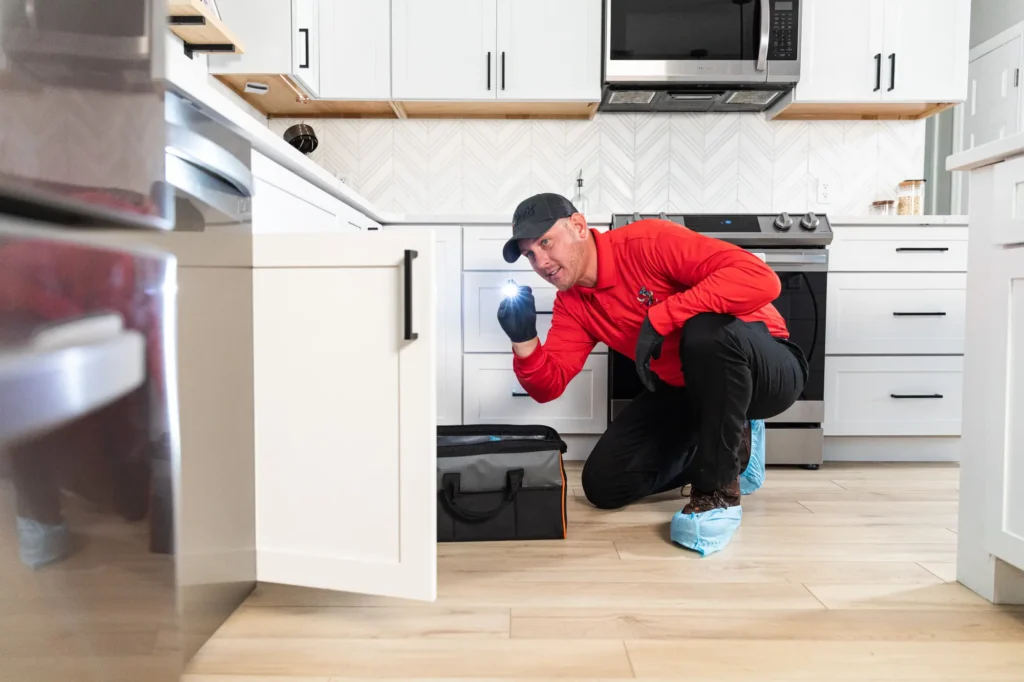
Identifying Winter Pests
Grover’s winter season hosts numerous pest species seeking indoor refuge from declining temperatures. Cockroach populations, including American and German variants, frequently inhabit food preparation areas, sanitary facilities, and laundry rooms. Infestation indicators include excrement deposits, egg casings, and oily streaks along baseboards or within cabinetry. Rodent species including roof rats and house mice maintain winter activity, seeking thermal shelter in attic spaces, crawl areas, and basements. These leave behind droppings, gnaw evidence, and rub marks along structural members. Auditory scratching within wall cavities or ceiling spaces often confirms rodent presence.
Arachnids, drawn indoors by prey availability, may appear in corner areas or near entry points. Overwintering insects including stink bugs and ladybugs may attempt interior access through minor openings around windows, soffit systems, and doorways. During temporary winter warm periods, ant colonies may reactivate, particularly near moisture sources such as leaking conduits or window condensation. Silverfish, favoring humid environments, often occupy storage areas and closets in older properties. Flea populations, typically associated with companion animals, may persist indoors without proper management. These pest species demonstrate remarkable adaptability to cooler conditions, necessitating early identification and intervention.
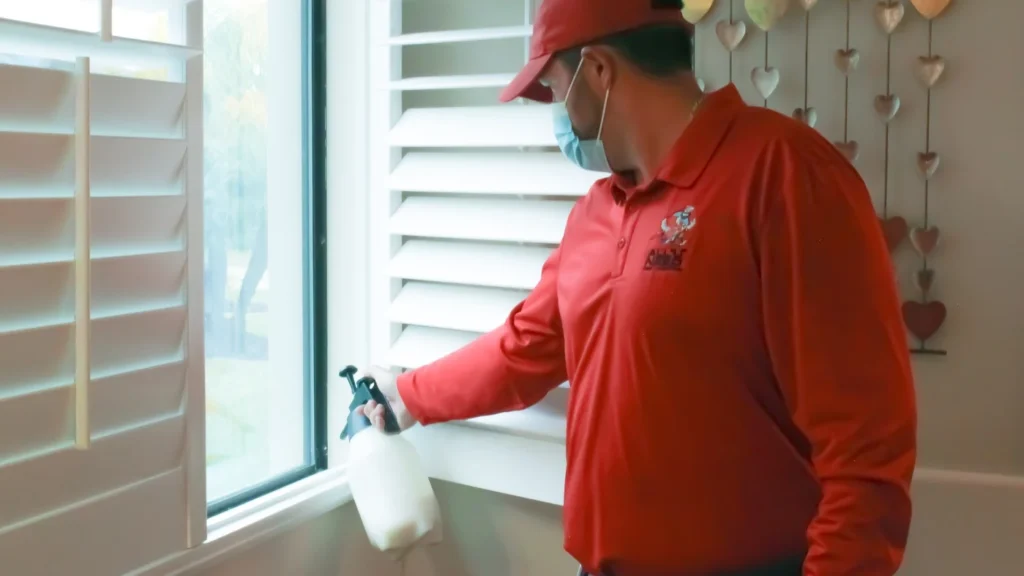
Effective Treatment Strategies
Grover’s winter pest management employs Integrated Pest Management (IPM) protocols combining preventive measures, monitoring systems, and targeted interventions. Initial phases address pest attraction factors including excess humidity, available nutrition, and access opportunities. By modifying these conditions, we reduce reliance on broad-spectrum pesticide applications and confront infestation sources directly. Once environmental attractiveness diminishes, we implement precision treatments at pest activity centers, including bait placements along cockroach or ant foraging trails and dust applications in enclosed voids for extended effectiveness.
Our methodology ensures both operational effectiveness and environmental responsibility. We utilize minimal product quantities placed at strategic locations to maximize impact. Post-treatment monitoring through follow-up inspections allows strategy adjustments ensuring lasting protection. Our objective remains delivering persistent pest control enabling worry-free winter seasons without recurrence concerns.
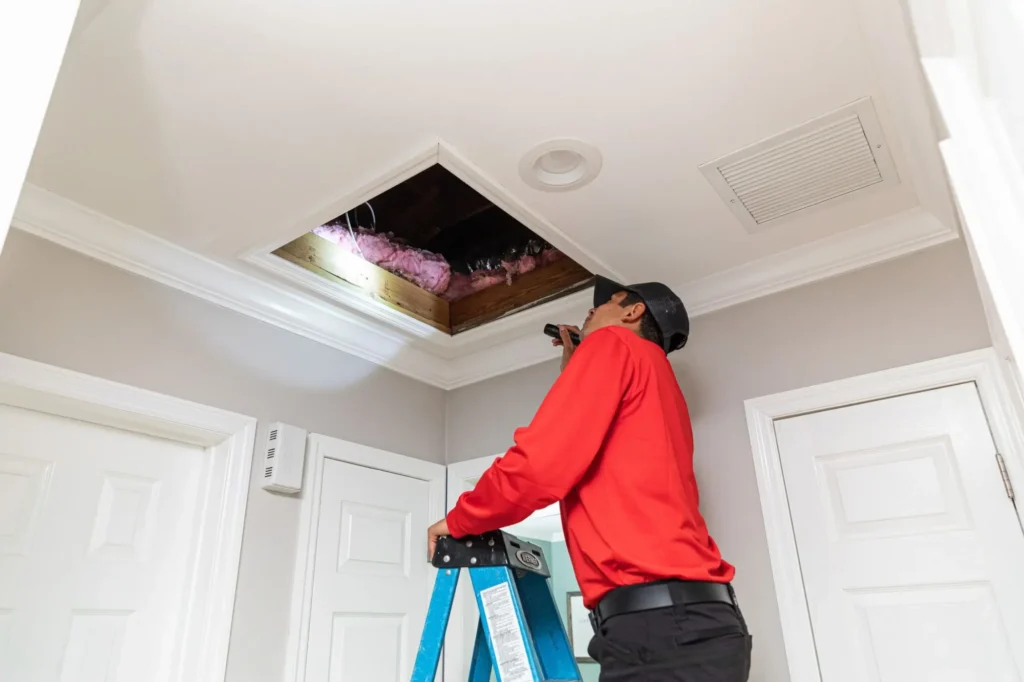
What Kinds of Pests Come Out in the Winter?
Despite seasonal calendar changes, Grover’s relatively mild climate permits continued pest activity throughout winter months. Rodent populations including house mice and roof rats maintain year-round presence but intensify activity during cooler periods. These seek thermal refuge in attic environments, crawl spaces, and basement areas, necessitating maintained sealing and preservation of these zones. Cockroach colonies also prosper in winter, particularly within warm, humid microclimates behind refrigeration units, under dishwashing appliances, and near water heating systems. Their activity fluctuates with temperature variations, primarily foraging nocturnally.
Overwintering insect species including stink bugs and ladybugs seek interior shelter during cold months. They often congregate on solar-exposed building surfaces before infiltrating through cracks around windows, doorways, or soffit systems. Ant colonies, typically dormant during cold periods, may reactivate during brief warm intervals, especially when discovering interior moisture sources. Silverfish, attracted to humidity, frequently inhabit closet and storage areas in aged properties. Flea infestations may persist in homes housing pets, requiring continued preventive measures. These pests exploit any available warmth, moisture, and nutritional resources, demanding sustained winter vigilance.
Eco-Friendly Solutions
Grover’s distinctive environment necessitates eco-conscious pest control solutions delivering effective results without ecosystem compromise. Our prioritization of moisture regulation and exclusion techniques addresses pest problems fundamentally with minimal chemical reliance. When treatments prove necessary, we employ contemporary low-odor formulations applied precisely to pest activity zones, reducing environmental exposure.
Where chemical applications prove unsuitable, we utilize desiccant dusts providing lasting pest control without volatile compounds. For clients preferring natural alternatives, we adapt protocols to incorporate botanical treatments indoors while maintaining robust exterior protection. All implemented products demonstrate effectiveness, application transparency, and alignment with pest management objectives, promoting sustainability while ensuring pest-free environments.
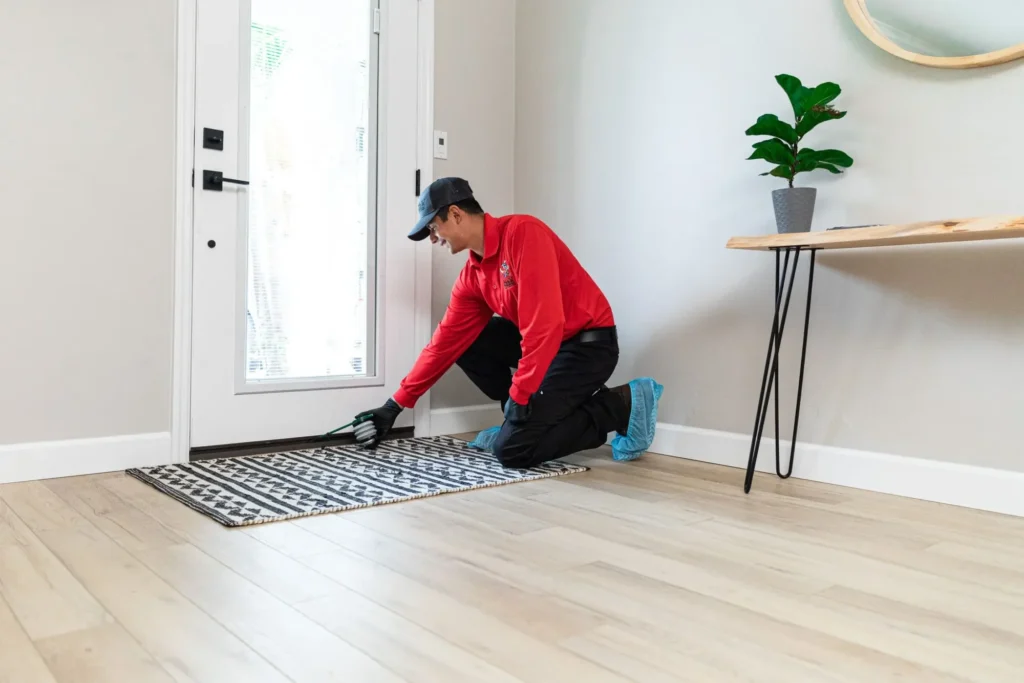
How to Prevent Winter Pests in Grover, SC
Winter pest prevention in Grover involves proactive measures significantly impacting home protection. Begin with exterior examination for gaps around windows, doors, and crawl-space accesses. Sealing these entry points with weather barriers or sealant prevents pest infiltration. Following heavy rainfall, perimeter inspection for water accumulation near foundations allows drainage correction through regrading or downspout extension. Regular gutter maintenance prevents debris accumulation and ensures proper water diversion.
Interior maintenance requires clean, dry conditions reducing pest attraction sources. Store food in airtight containers, immediately address spills and crumbs, and maintain frequent waste removal. In moisture-prone areas, operate exhaust systems sufficiently to remove humid air, and consider dehumidifier deployment in basement or crawl space zones. For attic and crawl space areas, preserve vapor barriers and ensure vent screening permits airflow while blocking pest entry. These preventive actions substantially reduce home infestation likelihood.
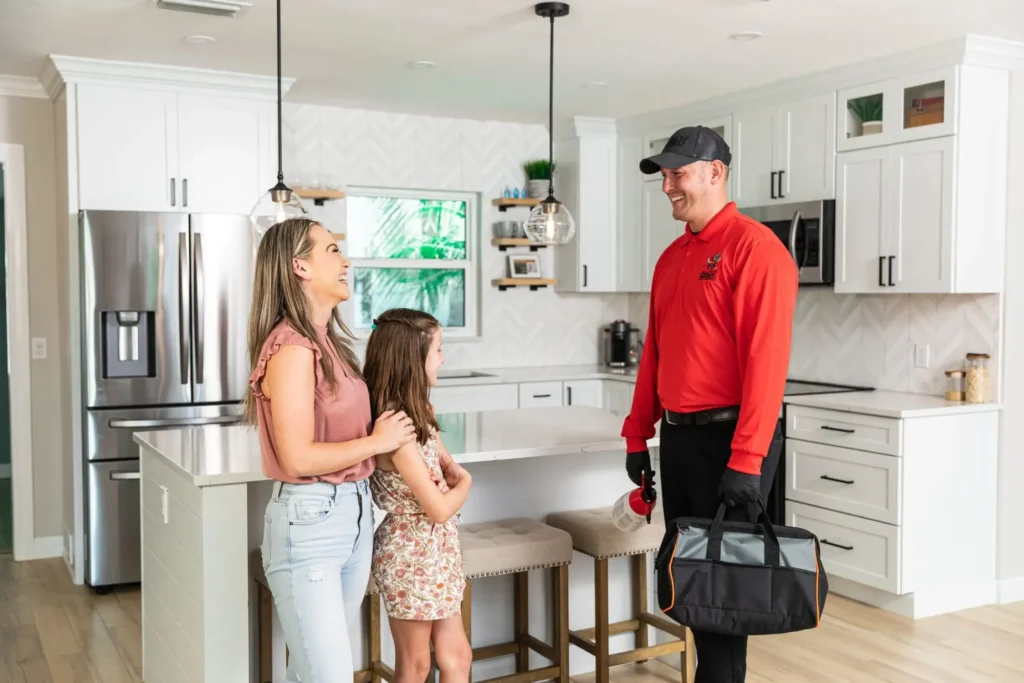
Service Experience, Pricing, and Follow-Through
Our service philosophy emphasizes seamless professional experiences for Grover clients. Technicians arrive within precise timeframes, property inspect, and thoroughly explain recommended treatments. We ensure client comprehension and comfort throughout service delivery. For households with pets, children, or special requirements, we accommodate scheduling and treatment placement needs.
Pricing transparency remains fundamental, without concealed charges. Initial quotations address immediate pest control needs, with optional maintenance plans for seasonal protection. Post-service reports detail treatments administered, products implemented, and subsequent recommendations. Persistent pest activity triggers follow-up visits for situation reassessment and strategy adjustment. Our objective remains reliable effective pest control with minimal routine disruption.
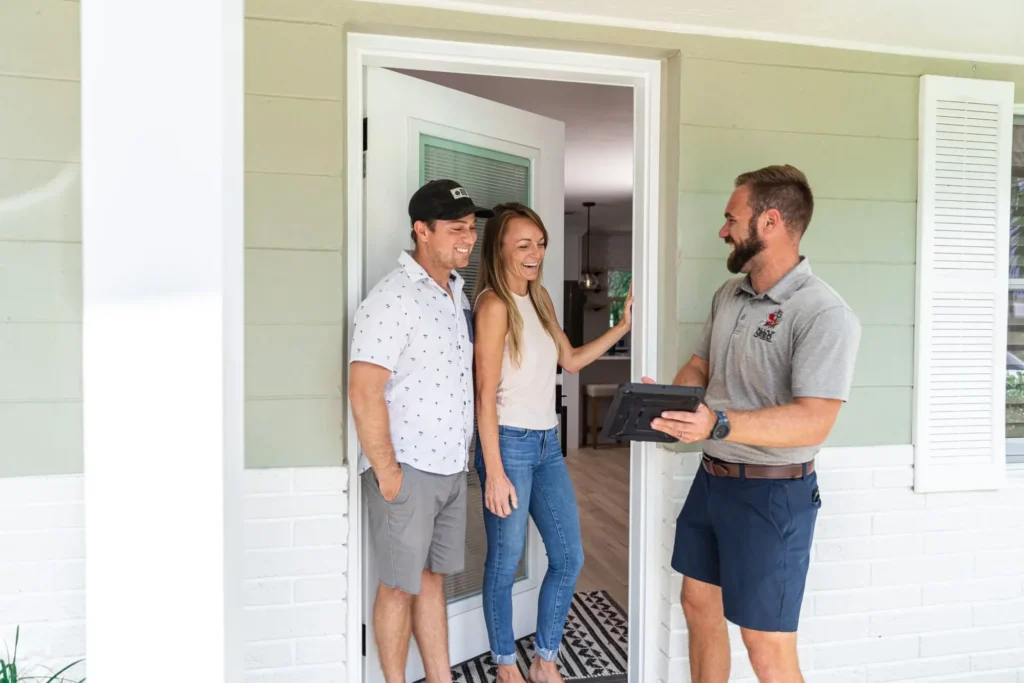
Why Grover Homes Choose All U Need Pest Control
Grover residents select our services based on deep understanding of regional pest challenges. From moisture-related issues in older homes to specific vulnerabilities in newer constructions, we customize services to individual property requirements. Our technicians excel at identifying common pest access points and developing effective tailored treatment plans. We reject uniform approaches in favor of targeted solutions addressing root causes.
Our dedication to service quality combined with local expertise ensures Grover residents receive optimally effective pest control solutions. Whether preventing winter invasions or addressing existing issues, we deliver lasting solutions maintaining home comfort and pest-free conditions.
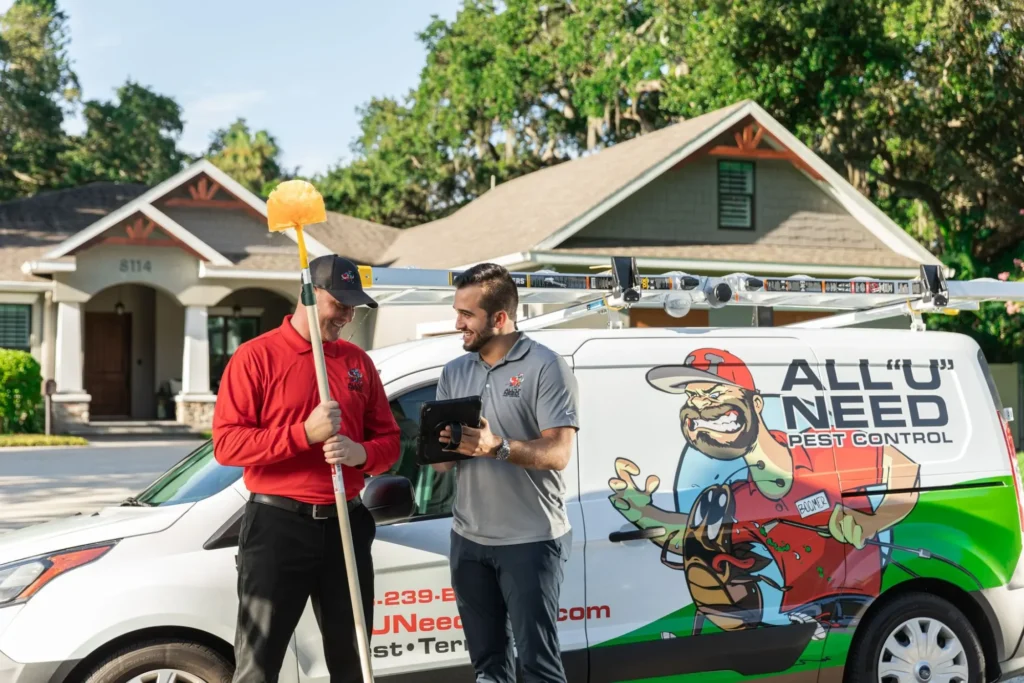
Ready for a Calmer Winter?
Grover winter evenings should provide tranquil comfort rather than pest intrusions. Our community-specific approach includes gap sealing, humidity control, pest trail treatment, and maintaining effective defenses respecting both families and local ecology. Whether protecting rural estates, traditional farmhouses, or contemporary residences, we adapt methodologies to individual lifestyles.
Should droppings appear, scratching sounds emerge through walls, or cockroaches scatter across floors, avoid waiting for worsening conditions. Contact 1-888-239-BUGS (1-888-239-2847) or schedule complementary online inspection. We will examine, treat, and reinforce your property—ensuring Grover winters remain peaceful, secure, and free from pests.
Location Contact:
419 N Cedar St Summerville, SC 29483
Get Directions for 419 N Cedar StSummerville, SC 29483 on Google Maps843-489-8818
Call All "U" Need Pest Control